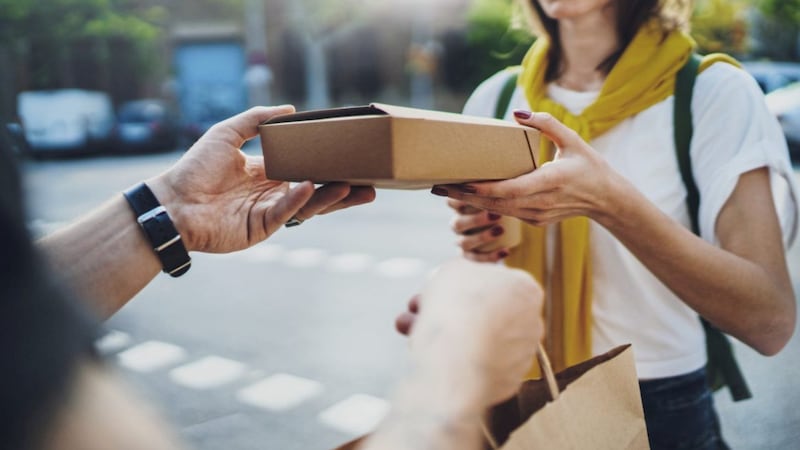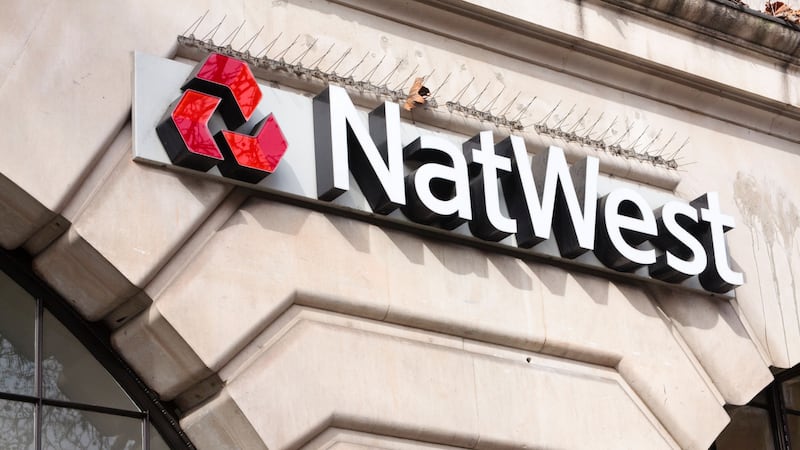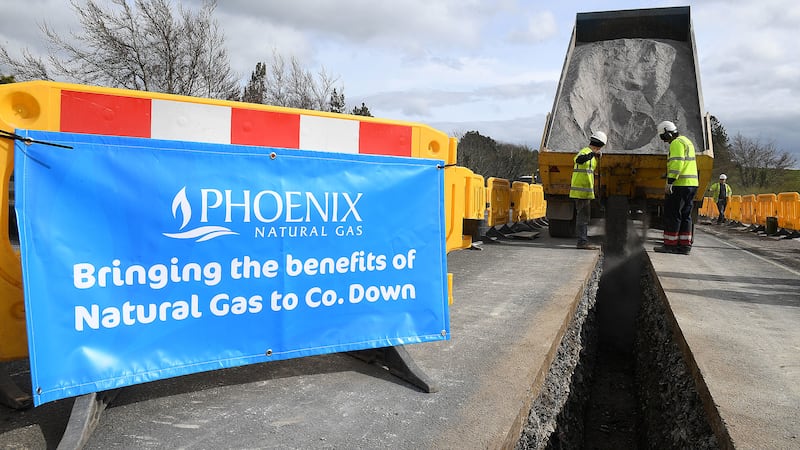QUESTION: I closed my restaurant due to Covid 19 at the end March and I have recently reopened it offering a takeaway option only. This is proving very successful and I have been told that the VAT rules are different on takeaway food than on food consumed in the restaurant. Can you explain?
ANSWER: The leisure and hospitality sector has been very hard hit during the current coronavirus pandemic. Many businesses are trying to re-establish themselves and it is great to see you taking a brave and proactive step with your business.
The VAT implications of food are not straightforward to say the least. Whilst the food and hospitality industries are like all other businesses in that they must become VAT registered once their annual turnover reaches £85,000, the specifics of whether food sales are VATable and at what rate can be a minefield.
If you serve food and drink on the premises (not to take away) then you have to charge VAT on everything. Examples of premises are:
• A whole restaurant area
• An area with tables and chairs in a retail complex, for the use of customers only
• An outdoor area with tables and chairs, for the use of customers only
• Seating area in a supermarket, providing food and drink
•Stall in a sports stadium, amusement park etc with facilities for use of customers
Basically, any area with tables and chairs specifically for the use of your customers.
The main rules in relation to takeaway food and drink are :
• Hot take away food is most likely to be standard rated for VAT (20 per cent).
• Hot take away drinks are standard rated (20 per cent VAT).
• Cold take away food and drink is normally zero rated for VAT. Unless it’s usually standard rated (this includes things like crisps, sweets, bottled water etc).
For your food business, it is important to consider these implications in order to make sure that you are fully compliant with HMRC and are not subject to any associated penalties or fines.
As noted above, factors which can affect VAT rates include whether sales are hot or cold, their chocolate content and whether they are eaten in or taken away.
Once you have determined the VAT treatment of the items you are selling, VAT returns will be due in the normal way, however you will be able to defer any liabilities arising between March 20 and June 30.
It’s easy to make mistakes when deciding whether or not charge VAT on food, and if you are unsure then we would recommend that you speak to an accountant.
:: Feargal McCormack (f.mccormack@pkffpm.com) is managing director of PKF-FPM Accountants (www.pkffpm.com). The advice in this column is specific to the facts surrounding the question posed. Neither the Irish News nor the contributors accept any liability for any direct or indirect loss arising from any reliance placed on replies.








